Many cassava farmers in Ham Tan said that from the cassava harvest in January and February of this year, the price was only 1,400 VND/kg fresh, by the end of the harvest in March and April, the price had only increased to 1,600 VND/kg fresh. This purchase price is only about half of last year's cassava harvest (2,400 - 2,900 VND/kg). Those who have land to grow cassava intensively can only break even, while those who rent land to grow annual crops can only suffer losses. A resident of Tan Thang commune who rents land for production in Co Kieu village said: “I rent 10 hectares of land in the local crop production area, with a rental price of about 8 million VND/ha/crop, plus increasingly high prices for fertilizers and pesticides, hiring workers to harvest cassava, a total of nearly 20 million VND/ha. Meanwhile, cassava has been affected by prolonged drought for many months, with an average yield of 10 tons/ha. With cassava prices falling, each hectare sold at the farm only earns 16 million VND; a loss of nearly 4 million VND/ha. I rent 10 hectares, which means a loss of nearly 40 million VND”. Some other households renting land to grow cassava in this area have suffered losses when selling to traders at the farm is not enough to cover the land rent. With cassava prices falling, the residents of Tan Thang commune who have land to intensively cultivate this annual crop are no better off, after harvesting they only pay for fertilizers and pesticides, and hire workers to take care of the crop; many other households make a profit by working for the labor.
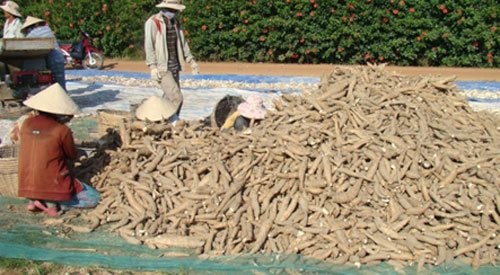
Nearby localities are in the same situation. For many years, most farmers in Son My have chosen the KM419 cassava variety (also known as quail cassava) which is more disease-resistant and less affected to plant every year. However, the prolonged dry weather in the cassava-intensive land has reduced the yield of this annual crop. Mr. Tran Quang Thuan in village 1, who has been growing cassava for many years, said: “A few years ago, I planted 5 hectares of cassava. Last season, I only planted 2 hectares of KM419 variety and 3 hectares of acacia. Although I took good care of it, last season, the drought was too severe, and the cassava did not grow as well as previous years. The yield was only over 10 tons/ha. Compared to previous years, the same variety had a yield of 15 - 20 tons/ha. Moreover, the price of fresh cassava this year has dropped sharply, averaging 1,500 - 1,600 VND/kg. It turns out that 2 hectares yielded more than 32 million VND. After deducting half of the cost of fertilizer and pesticides, there is not much left to cover many things for the family.” Because the price of cassava has tended to decrease in recent years, many cassava-growing households in communes in the district have switched to growing acacia cuttings and acacia auriculiformis, which are more economically beneficial. As in Son My commune, by the end of the first quarter, the whole commune harvested over 1,000 tons of fresh cassava with the main variety KM419, an average of over 10 tons/ha; cassava output has decreased sharply compared to harvests many years ago.
It can be seen that the productivity and output of cassava grown annually in Ham Tan district are not equal to previous years, along with a sharp drop in prices, causing many difficulties for people. An officer of the Ham Tan Department of Agriculture and Environment said that, in addition to unfavorable weather, many people intensively cultivate cassava on loam and poor sandy soil, the cassava yield decreased in the last harvest, along with a decrease in starch, leading to a decrease in prices, when the market is no longer consuming as strongly as before. Fresh domestic noodles exported to the Chinese market have decreased sharply in recent months. Farmers in the district need to rotate crops on perennial cassava fields, reduce pests and diseases, and annual crops will be more effective.
Source: https://baobinhthuan.com.vn/ham-tan-nguoi-trong-thua-lo-boi-gia-mi-xuong-thap-130099.html




![[Photo] Prime Minister Pham Minh Chinh and Prime Minister of the Kingdom of Thailand Paetongtarn Shinawatra attend the Vietnam-Thailand Business Forum 2025](https://vphoto.vietnam.vn/thumb/1200x675/vietnam/resource/IMAGE/2025/5/16/1cdfce54d25c48a68ae6fb9204f2171a)
![[Photo] President Luong Cuong receives Prime Minister of the Kingdom of Thailand Paetongtarn Shinawatra](https://vphoto.vietnam.vn/thumb/1200x675/vietnam/resource/IMAGE/2025/5/16/52c73b27198a4e12bd6a903d1c218846)





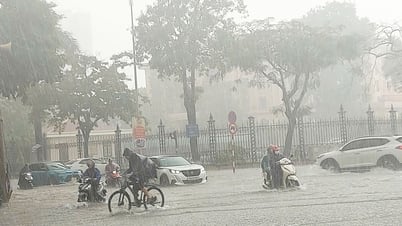



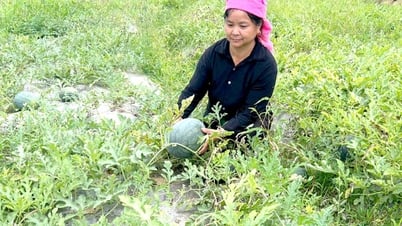

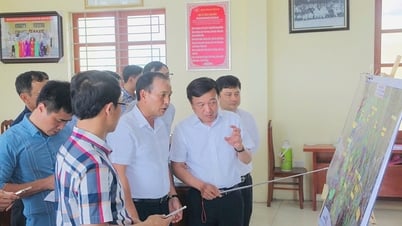









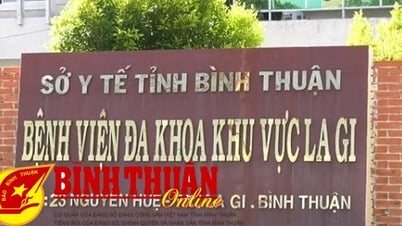

![[Photo] The Prime Ministers of Vietnam and Thailand witnessed the signing ceremony of cooperation and exchange of documents.](https://vphoto.vietnam.vn/thumb/1200x675/vietnam/resource/IMAGE/2025/5/16/935407e225f640f9ac97b85d3359c1a5)
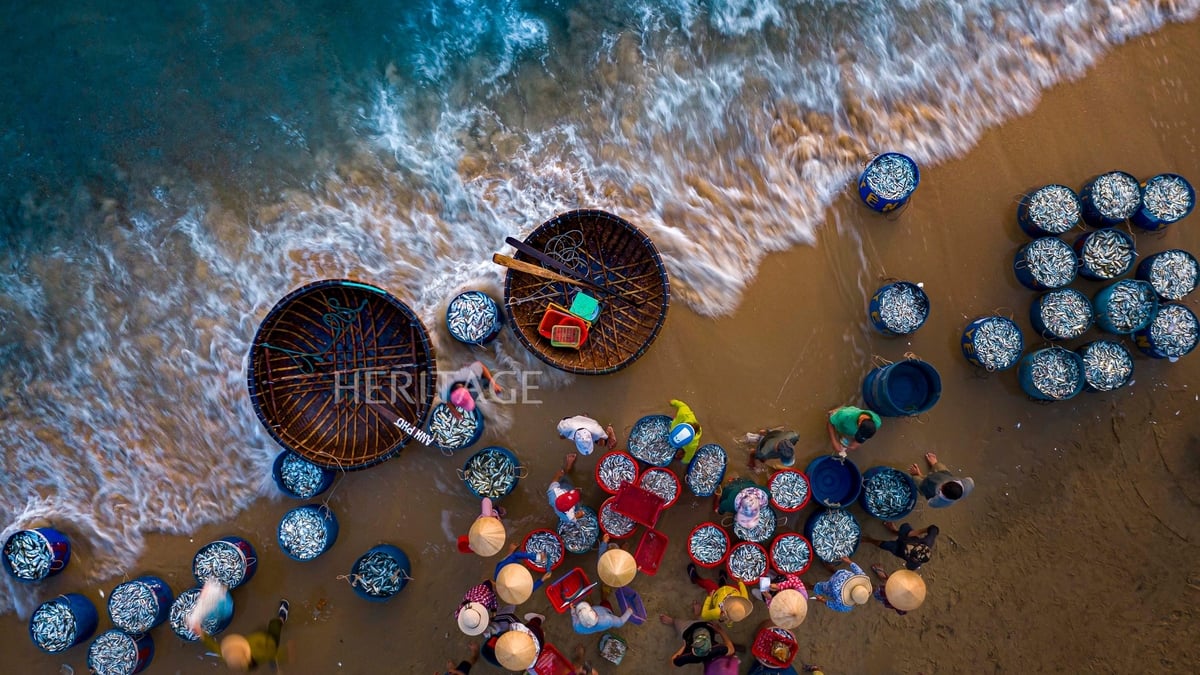







































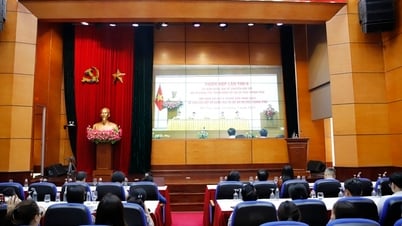





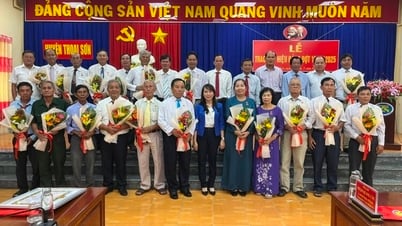

















Comment (0)